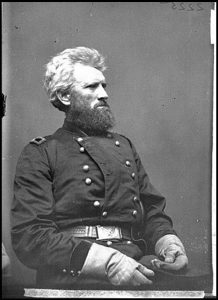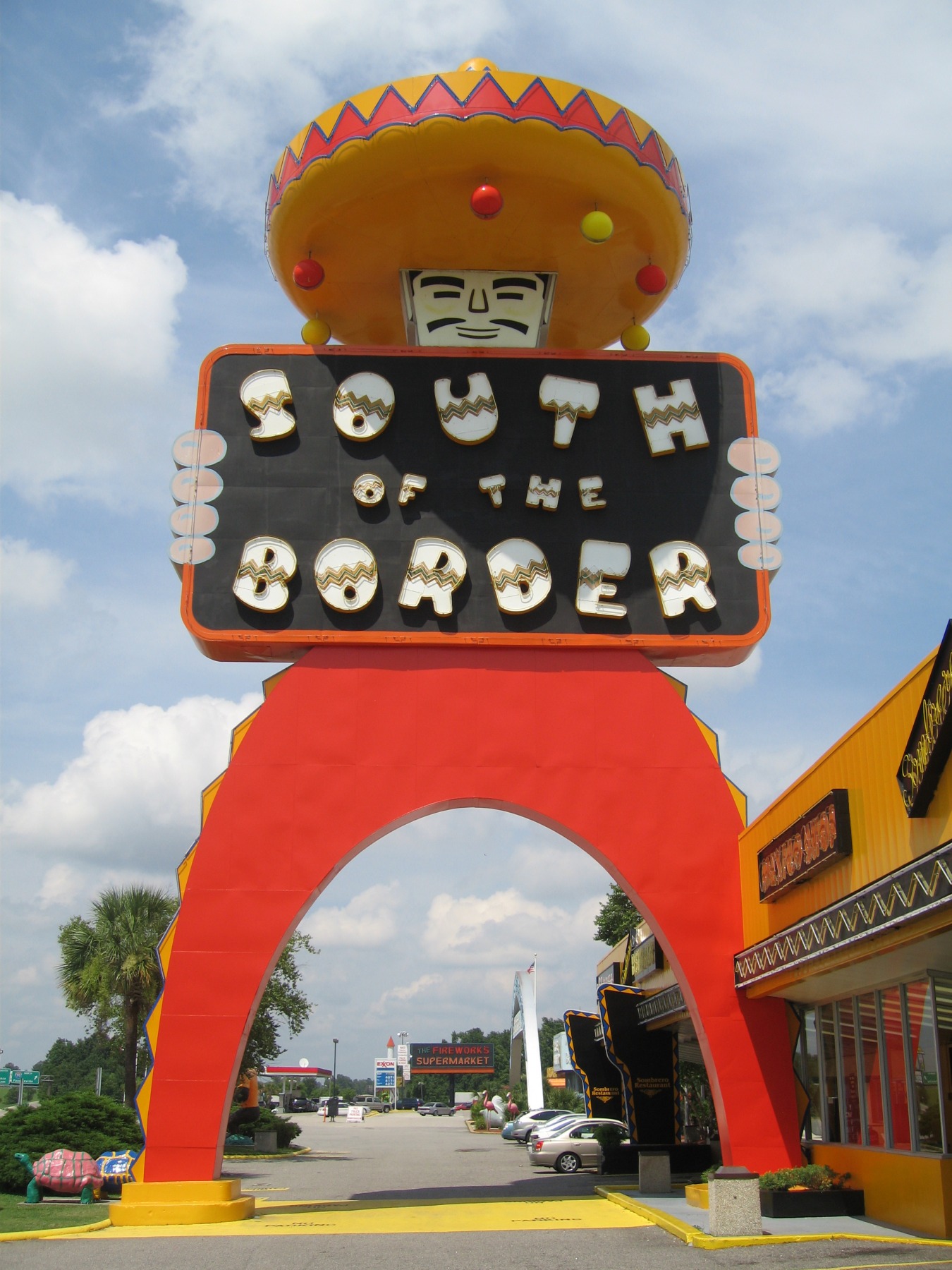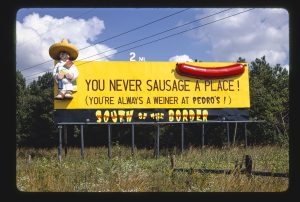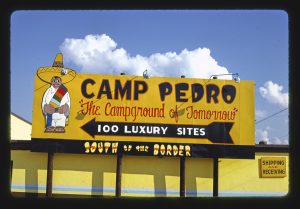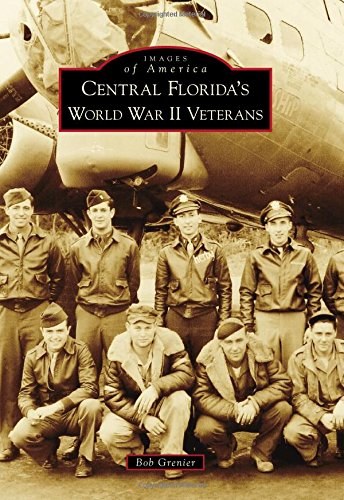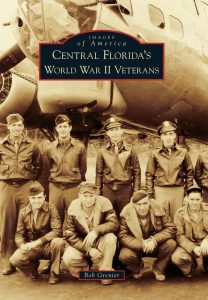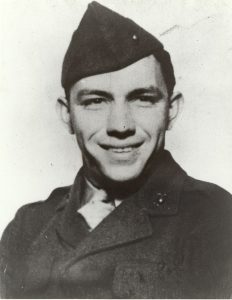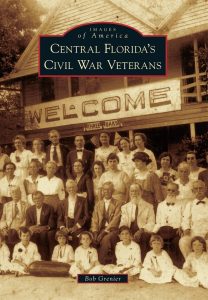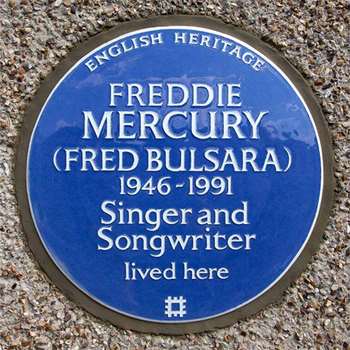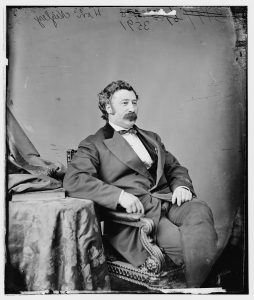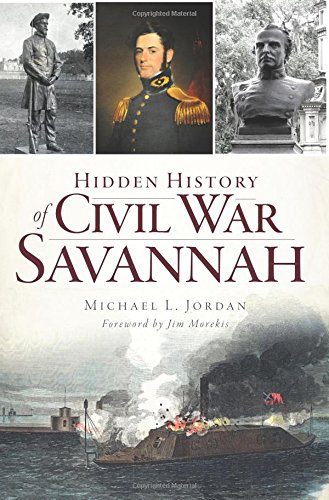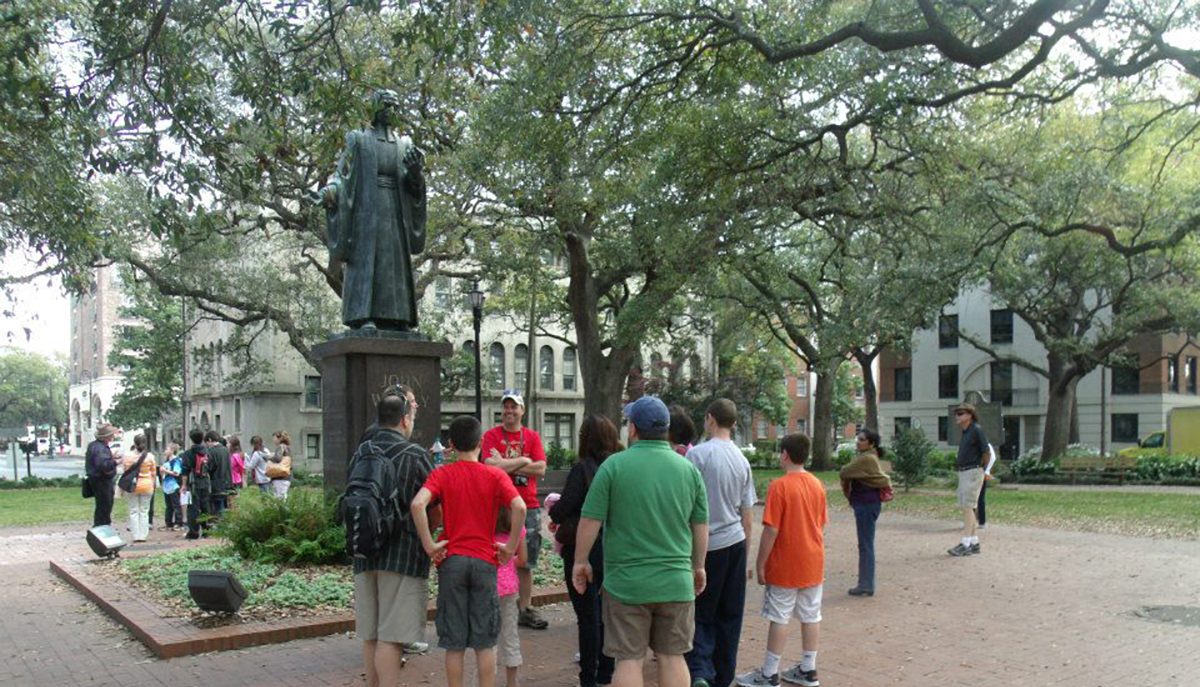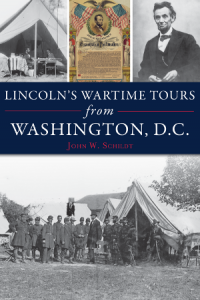Book Review Shiloh National Military Park (Images of America)

Thank you for taking time to read my book review of Shiloh National Military Park. Here, two experts will take you on a visual tour of the important battlefield and modern day military park.
McCutchen, Brian K., and Timothy B. Smith. Shiloh National Military Park (Images of America). Charleston: Arcadia Publishing. 2012. ISBN 9780738591353. B/W photos. 127 pages. $21.99.
When armies under the commands of Ulysses S. Grant and Albert Sidney Johnston faced off on April 6 and 7, 1862, they could not have realized the carnage that would be left on the Tennessee battlefield. The Battle of Shiloh left almost 24,000 soldiers dead, wounded, missing, or captured, a staggering sum that included Confederate General Johnston.
In 1866, Pittsburg National Cemetery was established by the War Department; a name later changed to Shiloh National Cemetery in 1889.
Established on December 27, 1894, Shiloh National Military Park now serves as a reminder of those terrible two days of fighting that helped set in motion the events of the next three years. The park first operated under the guidance of the War Department but was moved to the National Park Service in 1933.
This 1894 legislation allowed for participating states to place monuments and memorials on the park grounds. The park as we know it today was beginning to take shape.
The Images of America series of books does an excellent job of providing access to usually older photos that the general public may not otherwise have the opportunity to view. In Shiloh National Military Park, authors Brian K. McCutchen and Timothy B. Smith achieve this standard, using images from the park collection.
 McCutchen is a former park ranger at Shiloh and has served at other national parks. Timothy B. Smith is a professor of history at the University of Tennessee, Martin. He is a leading scholar on the Battle of Shiloh and has authored what many consider the definitive volume on the battle, Shiloh: Conquer or Perish.
McCutchen is a former park ranger at Shiloh and has served at other national parks. Timothy B. Smith is a professor of history at the University of Tennessee, Martin. He is a leading scholar on the Battle of Shiloh and has authored what many consider the definitive volume on the battle, Shiloh: Conquer or Perish.
In this Images of America title, the authors showcase just over 200 images, broken into seven chapters. As might be expected in a collection spanning longer than 150 years, some images have reproduced much better than others. Occasionally there are images that seem a bit fuzzy and hazy. This is not a major distraction however. Each image contains a caption with most being around fifty words. The captions are easy to read and bring additional life to the images.
I particularly enjoyed the chapter titled, “Memories in Stone and Bronze: Monuments of Shiloh.” This chapter highlights just a few of the more than 150 monuments that are located throughout the 4,000+ acres of the park. As McCutchen and Smith state, “To the veterans of America’s first monster battle…the statuary was much more. It embodied full representations of the brave solders of North and South and thus told the stories that they wished to convey to future generations.: (p.57)
A little-known aspect of the battlefield that the authors cover is the cyclone of October 14, 1909. This storm, that appears to have been building throughout the day, killed seven and injured thirty-three. Damage to the park and cemetery were considerable with Congress ultimately allocating $8,000 for the national cemetery and almost $20,000 for repairs and reconstruction at the park. In just over a dozen photos, the damage to the park is shown, with trees uprooted, buildings destroyed, and monuments smashed.
The beauty of a book such as this is its simplicity. A reader can know nothing of the battle and still enjoy the rich history on the pages, the book serving as a potential gateway to further study. For those knowledgeable on the battle and the terrain of the battlefield there is still plenty to learn here. Chances are good that many of the images will be new, even to seasoned students of the battle.
This is not a new release, and the reality is, an expert such as Smith could probably release several similar volumes. Recommended for anybody studying the battle or planning to visit the Shiloh National Military Park.
Thank you for reading my book review of Shiloh National Military Park. I invite you to read more of my book reviews of Arcadia Publishing titles by using THIS LINK.
This post may contain affiliate links. If you click these links and make a purchase, I may receive a small commission. This commission does not affect any price that you pay. All views and opinions provided are my own and are never influenced by affiliate programs or sponsors providing products.

Civil War Monitor
from: College Subscription Services LLC
Civil War Monitor is one of the leading magazines covering the war from all perspectives. With some of the best practicing historians regularly contributing articles, this is a must read for any student of the war. Click the link above of the photo to the left for exclusive subscription pricing!

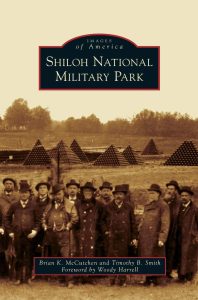


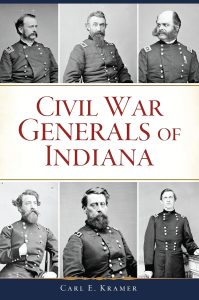 Kramer, Carl E.
Kramer, Carl E. 
